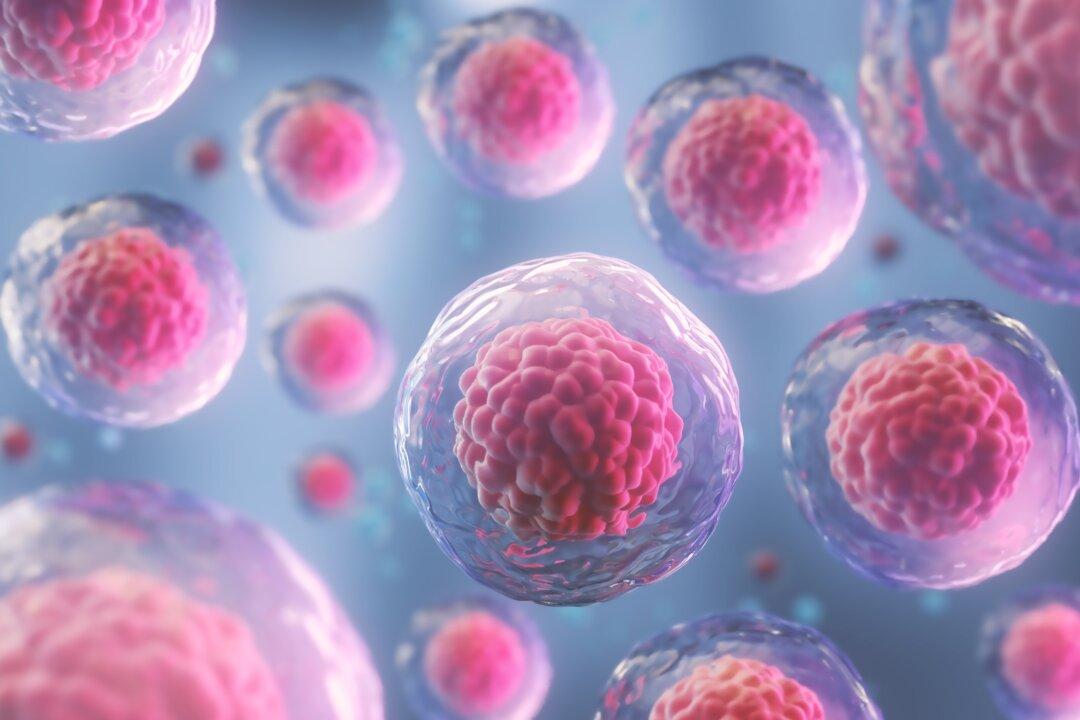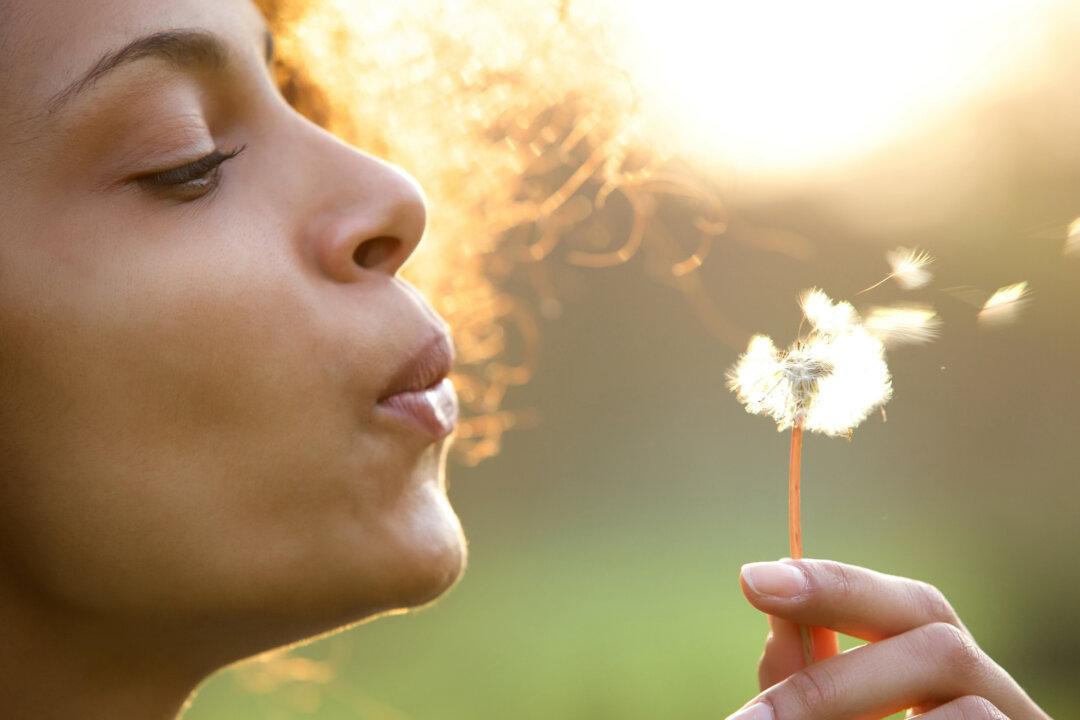Solid, liquid, and gas—these are the three states of matter presented in the homeschooling science curriculum I was preparing to review with our 7-year-old daughter. The best example to learn these states is water in its different forms: moisture vapor in a cloud, liquid rain, and solid ice. I couldn’t stop there though, not when the intersection of biology and physics tells of a truly amazing fourth state of water that may be the key to life in the animal kingdom.
The fourth state, or phase, of water is gel. With a love of all things cooking and baking, our daughter immediately thought of an example of a gel. Gelatin, a nutrient-dense snack when prepared with pure fruit juice and quality gelatin, is a favorite in our home. The cooking process is amazing to watch. Gelatin is slowly stirred into hot fruit juice until it dissolves. Upon cooling, the proteins in gelatin set and form an organized structure that transforms the liquid into a semisolid. It’s an ideal example of a state of matter that has qualities of both a solid and a liquid.






